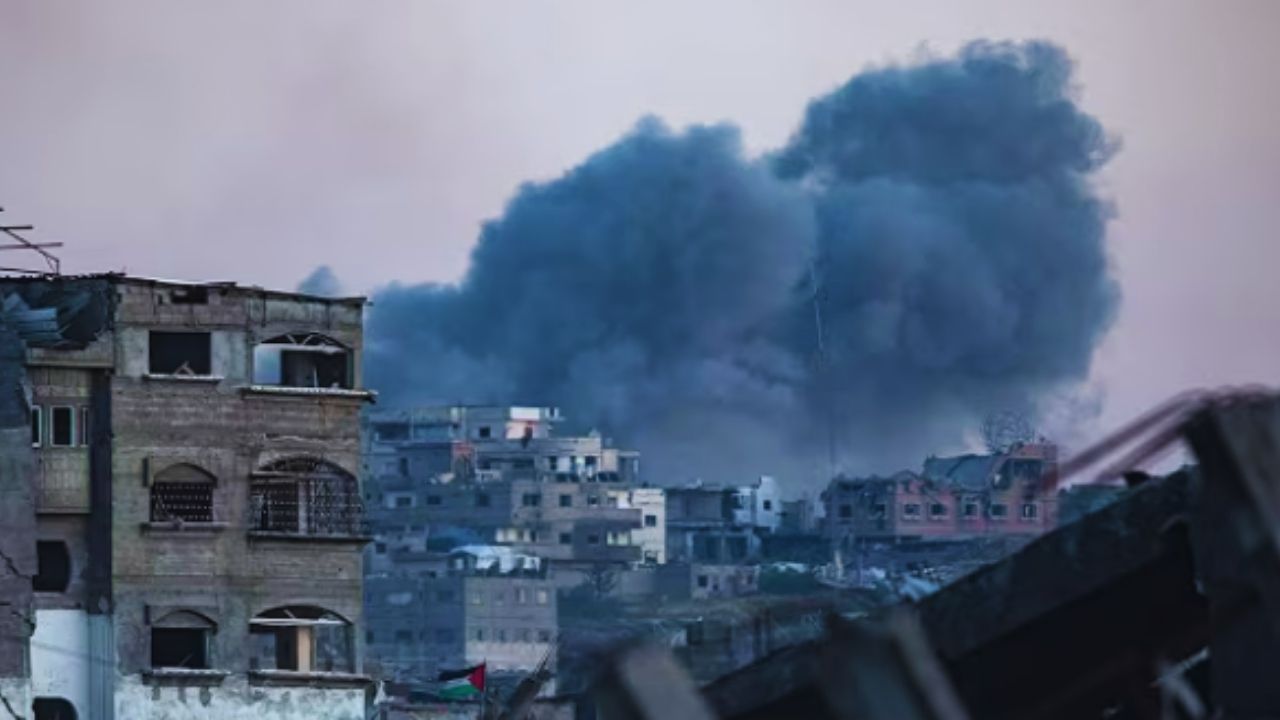In a significant development, Qatari and Egyptian mediators have proposed a comprehensive ceasefire plan aimed at ending the protracted conflict between Israel and Hamas in the Gaza Strip. The proposal outlines a multi-faceted approach to establish lasting peace and address the humanitarian crisis in the region.
Key Elements of the Proposed Ceasefire
According to a senior Palestinian official involved in the negotiations, the proposed plan includes:
- Duration of Truce: A ceasefire lasting between five to seven years.
- Hostage-Prisoner Exchange: The release of all Israeli hostages held by Hamas in exchange for Palestinian prisoners detained in Israeli jails.
- Israeli Withdrawal: A complete withdrawal of Israeli military forces from the Gaza Strip.
- End of Hostilities: A formal cessation of the ongoing war between Israel and Hamas.
This initiative aims to address the immediate security concerns and lay the groundwork for long-term stability in the region.
Hamas Delegation Engages in Cairo Talks
A high-level Hamas delegation, led by political bureau chief Mohammed Darwish and senior negotiator Khalil al-Hayya, has arrived in Cairo to engage in discussions with Egyptian and Qatari mediators. The delegation’s presence signifies Hamas’s willingness to consider the proposed terms and explore avenues for peace.
Notably, Hamas has expressed readiness to transfer governance of Gaza to a Palestinian entity agreed upon at the national and regional levels, potentially the Palestinian Authority or a newly formed administrative body. This marks a significant shift in Hamas’s stance, indicating a potential openness to political restructuring in Gaza.
Israeli Government’s Position
While the Israeli government has not officially commented on the new proposal, Prime Minister Benjamin Netanyahu has previously emphasized that Israel will not cease military operations until Hamas is dismantled and all hostages are returned. Netanyahu’s stance underscores the complexities involved in reaching a mutual agreement.
In earlier negotiations, Israel proposed a 45-day truce, contingent upon Hamas’s disarmament—a condition Hamas rejected, citing the absence of a permanent ceasefire and full Israeli withdrawal from Gaza.
Humanitarian Crisis Intensifies in Gaza
Amid ongoing hostilities, the humanitarian situation in Gaza has deteriorated significantly. Recent Israeli airstrikes have resulted in the deaths of at least 22 Palestinians, including women and children, and injured dozens more. Areas such as Khan Younis, Jabalia, Beit Lahia, and Gaza City have been heavily affected.
Witnesses report that the airstrikes destroyed essential infrastructure, including bulldozers and heavy machinery used by municipal workers for clearing rubble and rescuing victims. The destruction of such equipment hampers relief efforts and exacerbates the crisis.
Furthermore, attacks on tent camps housing displaced families have led to additional casualties, raising concerns about the safety of civilians seeking refuge.
International Response and Future Governance
The international community has expressed concern over the escalating violence and the humanitarian toll in Gaza. Discussions regarding the future governance of Gaza post-conflict have gained momentum, with various stakeholders advocating for a unified Palestinian administration.
While Hamas has indicated willingness to relinquish control, Israel remains opposed to the Palestinian Authority’s involvement in Gaza’s governance. This divergence presents a significant hurdle in establishing a consensus on Gaza’s political future.
The proposed ceasefire plan represents a pivotal opportunity to halt the ongoing conflict and address the humanitarian crisis in Gaza. However, the success of this initiative hinges on the willingness of both Israel and Hamas to make concessions and engage in constructive dialogue. As negotiations continue in Cairo, the international community watches closely, hopeful for a resolution that brings lasting peace to the region.
The Information is Collected from BBC and AOL.






































